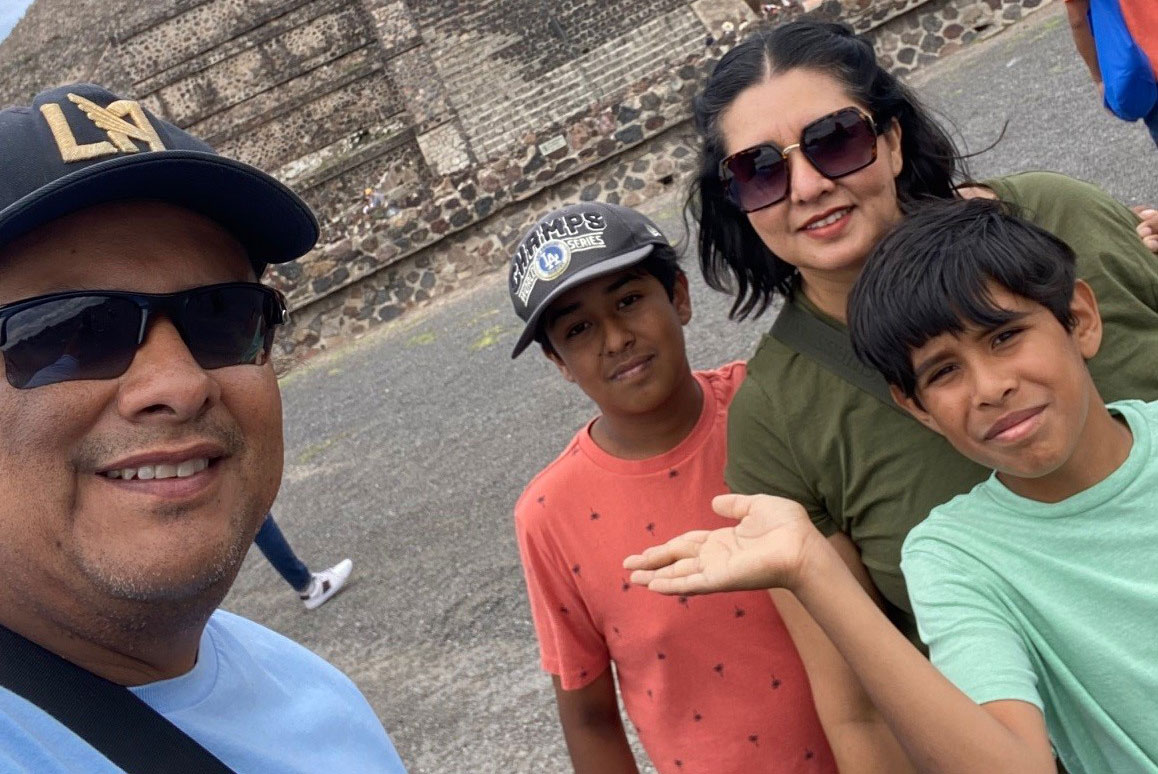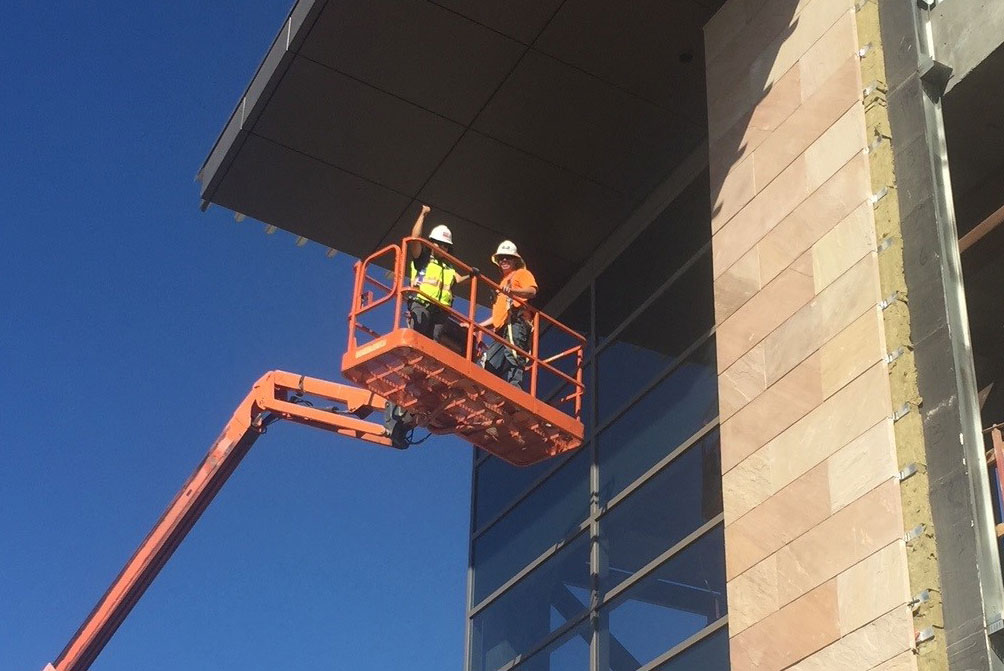As Hispanic Heritage Month comes to the end, we share the inspiring story of Edith Bailon, a senior architect in our Los Angeles studio, who offers a powerful lesson in self-confidence and community pride.
Edith Bailon was a few months shy of graduation when an architect visited her Los Angeles high school. It was career day, and the female visitor carried with her building models and renderings.
Edith can no longer recall the architect’s name or where she worked, but here was a woman talking about a profession that combined art, design and math—all things Edith enjoyed. For the first time in her life Edith thought to herself, “Oh, architecture is something I could do.”
Fast forward two decades and Edith is now a senior architect and principal at HOK’s Los Angeles studio. She’s also part of a relatively small club. Though Latinos make up approximately 20% of the nation’s population, they represent just around 8% of its licensed architects. Rarer still are Latinas like Edith who make up around just 2% of the field.
And while she has accomplished many great things in her career—designing and overseeing building projects across California—how Edith got to where she is is a remarkable story.
Defying the Odds
High-school career day put Edith on the path to architecture, but her interest was first sparked as a child making homemade dollhouses and helping her mother clean Hollywood mansions.
“I grew up very poor,” says Edith. “I had a Barbie doll, but no Barbie dollhouse. I made my own out of diaper boxes and whatever I could find lying around our home.”

Edith, with her husband and sons, during a visit to her birth country of Mexico.
Edith was a toddler when her parents migrated from Mexico to Los Angeles. Her dad found work as a busboy at a country club. Her mom cleaned houses, including the sprawling estates of movie executives. Edith would sometimes tag along to help.
“We’d clean these huge homes that were such a contrast to our tiny studio apartment. I’d take a look at the homes and the neighborhoods and wonder how I could change our neighborhood to look as nice.”
As a middle school student, Edith served as her parents’ English-language interpreter, helping them apply for and earn permanent residency through the Reagan-era Immigration Reform and Control Act. While in high school, she set her sights on another accomplishment: becoming the first person in her family to attend college.
Not everyone shared Edith’s optimism. She recalls a high-school counselor discouraging her from applying to the more prestigious schools on her list, including her top choice—University of California-Berkeley.
“I was like, ‘OK, now I’m just going to have to prove you wrong,’” she says.
That she did, earning a full-ride to Berkeley.
The Only Latina in the Room
At college Edith would have to overcome more challenges. The architecture program was more difficult than she anticipated, and—for the first time in her life—she felt alone. Although a good number of her classmates were female and a few male peers were Hispanic, Edith was often the only Latina in the room.
“Los Angeles seemed like a small town growing up as I spent most my time with family and the people in my immediate community. Berkeley, by comparison, was a culture shock.”
That feeling of being different continued into her early career. As both a female and a minority in a mostly male, mostly white profession, Edith endured multiple instances of bias.
“When you express your opinion as a woman, you’re labeled as emotional. When you do it as a Latina, you’re hot-tempered. When you do it as a man, you’re assertive,” says Edith, reciting just a few generalizations she’s experienced.
She recalls a project manager telling her that “she and her people need to understand their place” when Edith dared to speak up during a meeting. She recalls showing up to a project site and being asked by a contractor to fetch coffee. She remembers being called a “little girl” by an engineer and overhearing jokes about Latinas being spicy or irrational.
Fortunately, she says, things are getting better. “I’ve seen noticeable change for the good. As a society, we’re becoming more open-minded. As a professional, I’ve also become more confident in my abilities and belonging as an architect.”
Paying It Forward
After working several years in the Bay Area, Edith return to her hometown of Los Angeles to be closer to family and friends. In 2005 she joined HOK as a senior design professional and has steadily taken on larger roles.

Edith (left) inspecting a building exterior at a site in Indio, California. In her two-decade career, she has helped design multiple projects across the state.
Some of the LA projects she’s worked on for HOK include the CSU Fullerton College of Business and Economics, a new maintenance facility for Santa Monica’s Big Blue Bus transit system, and the iconic Anaheim Regional Transportation Intermodal Center (ARTIC).
“The other night I was out with friends and made them drive around a project I worked on,” says Edith. “I love this city so much, and being able to shape it in a positive way is incredibly rewarding.”
Also rewarding is the opportunity to introduce new generations to architecture. Edith is active in the ACE Mentor Program. She also routinely visits students on career days in the hopes of emulating the long-ago architect who so influenced her life.
“I think about myself and the Latina girls out there who don’t know what they want to be. Perhaps I can instill in them the same inspiration that was given to me. That is something I’m very passionate about.”